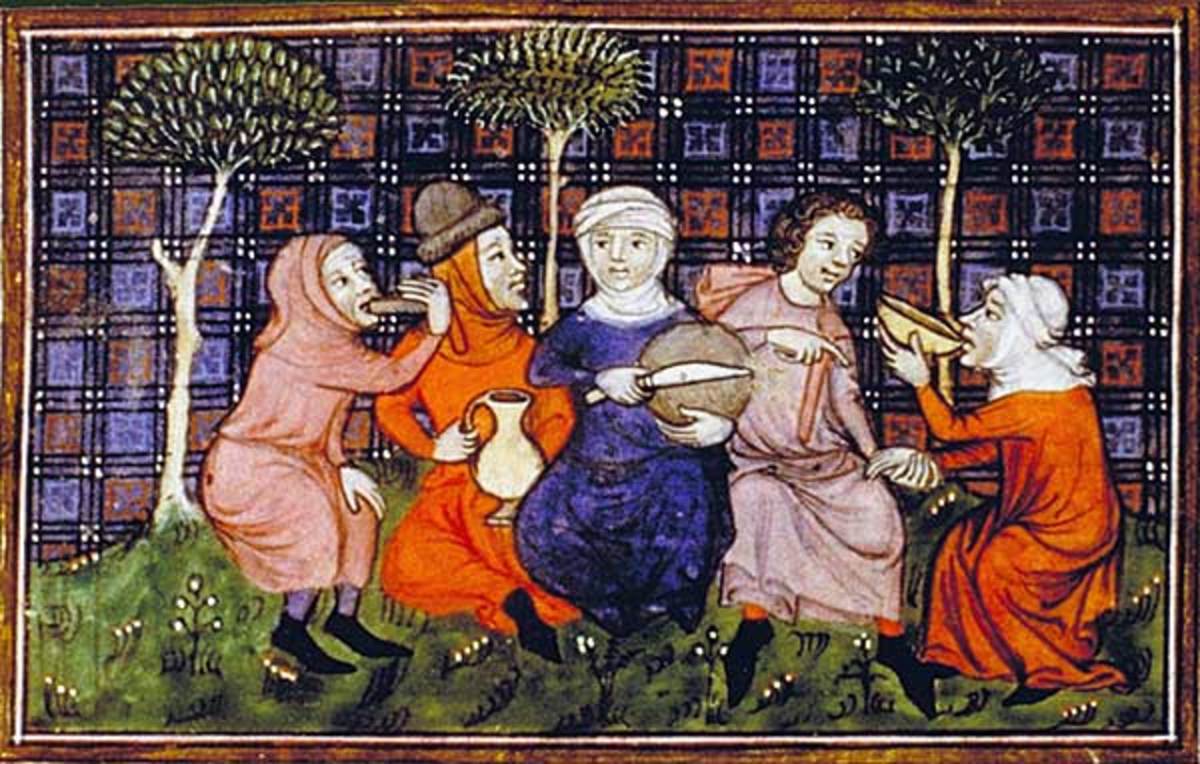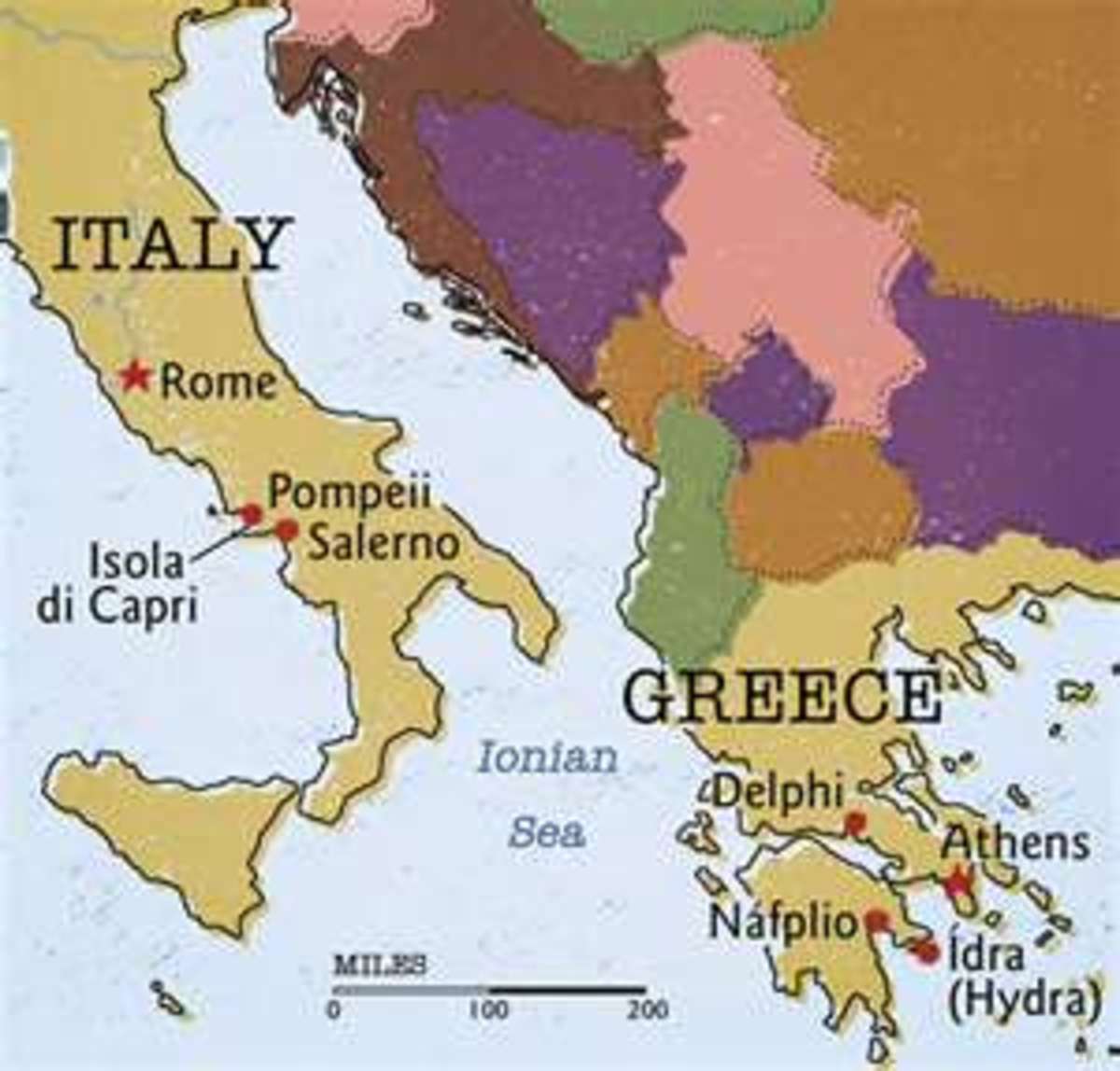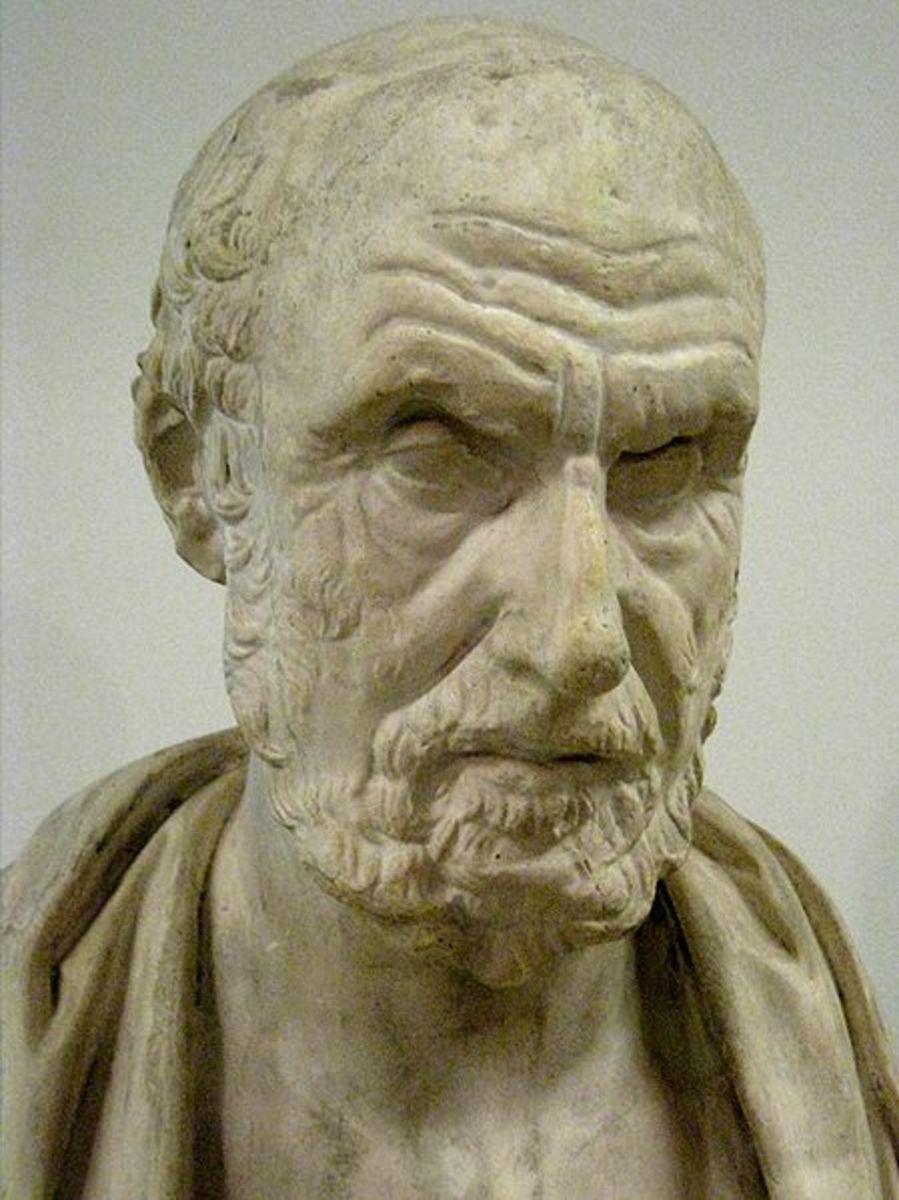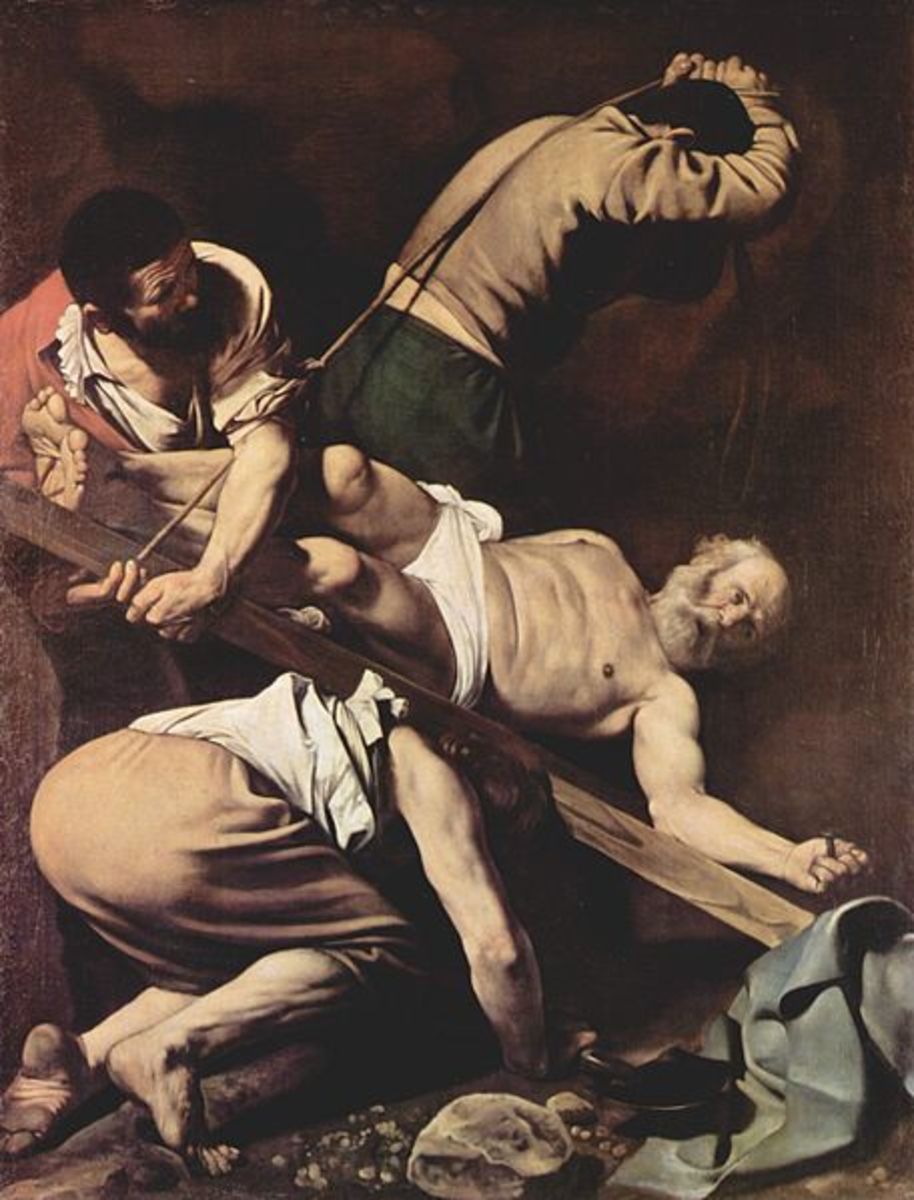H80 CG03The City in Time and Space2
Evolution of the Western City
A Western phenomenon, the industrial revolution, led to the first urban societies – societies where more people live in the cities than do not. Today, emerging countries of the world striving for economic development often turn to Western cities for their models.
The Greek City
As Greek civilization expanded, cities spread with it thought out the Mediterranean – to the north shore of Africa, to Spain, to Southern France, and to Italy. These cities were the modest size, rarely containing more than 5000 inhabitants.
Greek cities had two distinctive functional zones – the acropolis and the agora. The acropolis was similar to the citadel of Mesopotamian cities. Here were the temples of worship, the storehouse of valuables, and the seat power. The acropolis also served as a place of retreat in time of siege. The agora was a place for public meetings, education, social interaction, and judicial matters. During the classical period, commercial activities were not considered fitting for the agora, but later it became the major marketplace of the city – without losing its atmosphere of a social club..
Early Greek cities were messy, despite their outstanding public buildings and temples. The earlier Greek cities probably were not planned but rather grew spontaneously, without benefit of formal guidelines. Many of the later Greek colonial cities around the Mediterranean clearly were planned. For instance, Greek cities in Italy were built on a checked board pattern, with streets of uniform width and city blocks of relatively uniform dimensions.
Roman Cities
By 200 BC, the focus for the Western city had shifted from Greece to Rome. The Romans adopted many urban traits from the Greeks, as well as from the Etruscans, a civilization of northern Italy that the Romans had conquered. The military camp, or castra, was the basis for many of these new settlements. In England, the Roman trail of the city building can be found by looking for the suffixes and Chester – as in Lancaster or Winchester, cities originally founded as Roman camps.
The gridiron street pattern, used in the later Greek cities, was fundamental to Roman cities. These straight streets and right –angle intersections make a striking contrast with the curved, wandering lanes of the later medieval quarter or the street of Rome itself. At the intersection of a city’s two major thoroughfares was the forum, a zone combining elements of the Greek acropolis and agora. Here were not only the temples of worship, administrative buildings, and warehouses, but also the libraries, schools and marketplaces that served the common people.
Urban Decline in the Dark Ages
With the decline of the Roman Empire (by AD 400), urban also decline. Historians attribute the fall of Rome to internal decay, the invasion of the Germanic “barbarians”, and other factors. After the eight century, some cities- Empire, this spread across the Mediterranean from northern Africa. But cities in the northern region unable to survive. Cities became small villages. Where thousands had formerly thrived, a few hundred eked out a subsistence living frm agriculture.
In The City in History, Lewis Mumford suggest that some former Roman cities became Christian cult centers, harboring a few hundred believers who clustered around the sacred grounds of their church and cemetery. Mumford suggests that these cult centers formed the nucleus of the medieval urban rebirth that took place in the tenth and eleventh centuries. An example is Salzburg, Austria. It was a Roman city of several thousand. With the fall of Rome, a few hundred Christians become the sole inhabitants of the town. Their devotion was rewarded in AD 696 when Rupert, Irish monk, visited the community and decreed it the site of the new monastery. The religious community flourished, and the city became the sit of archbishop by 800. The community grew to several thousand, and with the revival of commerce in the medieval period, it formed a natural focus for development.
The Medieval City
The medieval period, lasting roughly from AD 1000 to 1500, was a time of renewed urban expansion in Europe and a period that deeply influenced the future structure of urban life. Urban life spread beyond the border of the former Roman Empire, into the north and east of Europe, as the Germanic and Slavic peoples expanded their empires. In only four centuries, 2500 new German “cities” were founded, although they were tiny compared to those of the Roman Empire. Most cities present – day Europe were founded during this period.
Five symbols – the fortress, the charter, the wall, the market, and the cathedral – signify the major functions of the medieval city.
The charter was a governmental decree from a regional power, usually a feudal lord, granting political autonomy to the town.
The wall was important for defense, but it was more important as a symbol of the sharp distinction between country and city. With the wall, most inhabitants were, by charter, free; outside, most were serfs. “City air sets a man free” went the medieval proverb. A city of “free” citizens, not based on a vast pool of slave labor, was a first in the history of the Western city.
It was at he wall’s gates that the division between city residents and nonresidents was sharpest. Here nonresidents were issued permits for entry and undesirable excluded. Often nonresidents were required to leave the city at dusk and seek accommodations outside the wall. As a result, suburbs – called faubourgs, meaning “beyond the fortress” – sprang up. In time, these communities demanded to be included in the true city. If their petition was accepted, the walls would be expanded to encompass the former suburbs. Then, in the sixteenth century, the increasing use of gunpowder and the invention of accurate artillery made the building of elaborate permanent fortifications a necessity. The wall lost “mobility”. At its widest point it was probably no more than half a mile from the city center to the wall, easy walking distance even for citizens of a modern industrial city.
Many central – city building are also remnants of this period. These structures were originally three stories high, with the bottom floor reserved for work space and the upper floors for dwelling and storage. Many European shops owners and artisans live above their workplace. However, many of the medieval buildings are hardly adequate for twentieth century use. They are cramped by modern standards -- as anyone who has seen a medieval suit of armor knows, people were physically smaller then – and they lack adequate heating and plumbing. These factors have turned some inner – city medieval quarters into modern low – rental districts. As a result, most are occupied by lower – income people who are often retired and on a fixed pension. A move to a modern apartment would be too expensive for these people, so they put up with the hardships of life in a fourteenth – century dwelling.
There are three important points about the role of medieval period in the evolution of the Western city: (1) this was the period when most European cities were founded; (2) many of the traditions of Western urban life were begun then; and (3) the medieval landscape is still with us, giving a visible history of the city and physically constraining twentieth – century activities.
The Renaissance and Baroque Periods
During the renaissance (1500 – 1700) and baroque (1700 – 1800), the form and function of the European city changed. Absolute monarchs arose to preside over a unified nation – state. The burgher, or rising middle class, of the city slowly give up their freedom to join with the king in pursuit of economic gain. A new concern with the city planning and military technology also acted to remold and constrain the physical form of the city.
Cities and the surrounding countryside began to combine into a nation – state, ruled by all – powerful monarchs. One city, the nation capital, rose to prominence in most countries. The first office buildings, those structured became to stretch from Washington, D.C. to Moscow, were built to house a growing new government bureaucracy. Most important, the capital city was reconstructed to reflect the power of the central government and to ensure its control over the urban masses.
Megalopolis
In the nineteenth century, cities grew at unprecedented rates because of the concentration of people and commerce. The inner city became increasingly dominated by commerce and the working class. By t5he turn of the century, the change in the industrial city was so apparent that H.H. Wells wrote:
Many of the railroad begotton “giant cities” will reach their maximum in the coming century and in all probability are destined to such a process of dissection and diffusion as to amount almost to obliteration…. These coming cities will not be, in the old sense, cities at all; they will present a new entirely different phase of human distribution
Well was right, because a new formed of city was emerged in the twentieth century. It is dispersed and decentralized city, brought about by new forms of transportation – the auto, truck, bus, airplane, and pipe – and new methods of communication – radio, television, teletype, and airmail. One metropolitan area blend into another, until super cities are created that stretch for hundred of miles.
The prototype of this new form is found on the eastern seaboard of the United States, stretching form Boston tot the North to Washington, D.C. in the south. Some called it supercity of Boswash. The geographer Jean Gottmann coined the term megalopolis to describe it. The term is now used worldwide in reference to giant metropolitan regions. Aside from Boswash, there is Chipitts, stretching form Chicago to Pittsburgh; Ciloubustonis, consisting of Cincinnati, Louisville, Columbus, Dayton, and Indianapolis; and San San, the California supercity that someday will reach from San Diego to San Francisco.
The characteristics these urban regions share are high population densities, extending over hundreds of square miles or kilometers; concentration of numerous older cities; transportation linked formed by freeway, railroads, air routes and rapid transit and extremely high proportion of the nation’s wealth, commerce and political power. The area itself is not particularly well endowed with natural resources and from early times has specialized in trading, manufacturing, and services. As the resources of the interior were opened up to them, these cities grew until they formed what Gottmann calls “the financial managerial Main Street of the modern world.”
The megalopolitan form has major drawbacks, because problems come on a giant scale with such an immense concentration of people and activities. Common problems in the supercities are congestion, high land prices, overcrowding, financial insolvency, deteriorating inner cores, a poor and disenfranchised population in contrast to the affluent in the suburbs, and air and water pollution. Unfortunately, solution to these problems will not soon be found, because another characteristic of this megapolitan area is political fragmentation. Because most of these problems are region wide, they go beyond the legal jurisdiction of the smaller towns and countries. Often they cross state boarders. Solutions will come only with increased cooperation between all political units and the formation of regional agencies. Until then, megalopolis will continue to grow, and its problems will increase.








